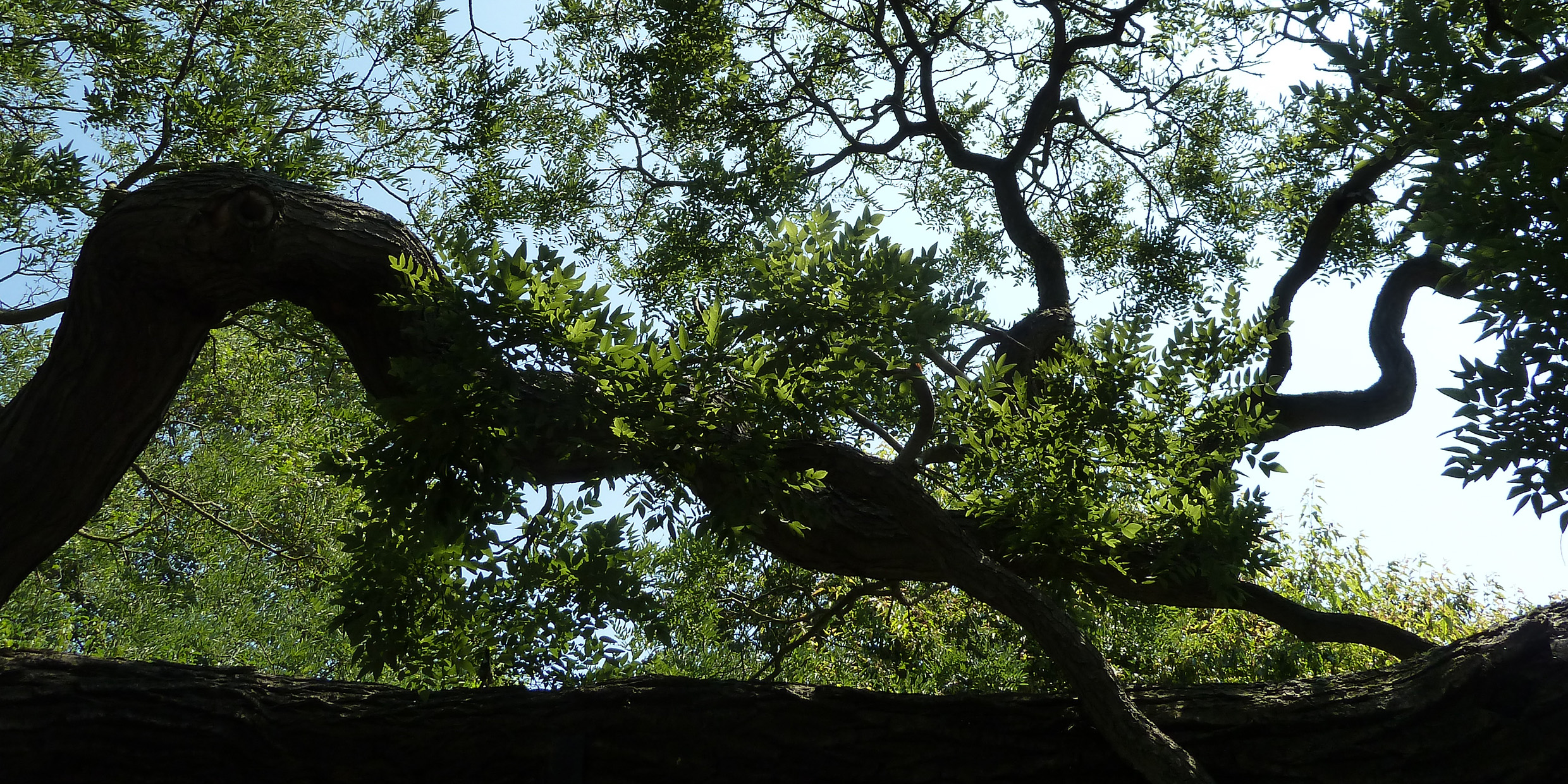Originally published 16 November 1987
Among the more engaging characters with which J. R. R. Tolkien populated Middle-earth were the ents, the oldest of all living races, a treelike people only tentatively removed from their arboreal roots, awakened by elves from a long, silent awareness of themselves into mobility and speech.
The hobbit Pippin described his first impression of the ents this way: “One felt as if there was an enormous well behind them, filled up with ages of memory and long, slow, steady thinking; but their surface was sparkling with the present, like sun shimmering on the outer leaves of a vast tree, or on the ripples of a very deep lake.”
A few weeks ago [in October 1987], when a great storm devastated English forests, I thought of the ents: tall and sturdy, clad in grey-green bark, with grey, bushy beards and deep, brown eyes shot full of green light.
Hundreds of thousands of trees were felled by the rogue wind, trees hoary with history, gnarled with the experience of ages, almost entlike in their long, silent association with the affairs of men.
Royal gardens hit hard
At no place was the loss of trees more keenly felt than at the Royal Botanic Gardens at Kew, about 10 miles west of London on the banks of the River Thames. Kew harbors one of the world’s finest scientific collections of plants, including more than 10,000 trees spread out over nearly 300 acres of splendid parkland and historic glass houses.
Five hundred trees at Kew were toppled by the storm, including oaks that stood 150 years ago when Queen Victoria came to the throne. More than a thousand other trees were damaged, and many of those may need to be felled. The dimensions of the calamity are only now being fully ascertained.
Kew is synonymous with botany. It was about the year 1759 that Princess Augusta, Dowager Princess of Wales, established on the royal properties at Kew a garden with an expressly scientific purpose. The place has been a center for plant preservation and botanical research ever since.
The collections at Kew were extended by Augusta’s son, George III, the king who lost the American colonies but gathered to the royal gardens plants from the furthest corners of the realm. During the early years, the the growth of gardens was guided by the famed British naturalist Sir Joseph Banks. Banks dispatched agents worldwide to gather plants. Collectors from Kew sailed out with Captain James Cook on the second and third of his great circumnavigations of the globe. There were trees intended for Kew on Captain Bligh’s ship Bounty at the time of the famous mutiny.
By 1786 the gardens at Kew had acquired sufficient renown to attract the attention of gardener-statesman Thomas Jefferson on his visit to England. In 1841, the gardens and collections of plants were transferred from the Crown to the British nation. The first director of the newly organized establishment was William Hooker, perhaps the most distinguished botanist of his time.
Sir William was succeeded by his son, Joseph Dalton Hooker, the friend and benefactor of Charles Darwin, and an early supporter of Darwin’s theory of evolution. The younger Hooker supplied Darwin with seeds and statistics from Kew to test theories about how plants and animals came to inhabit remote oceanic islands.
Valuable research
For more than two centuries the Kew Gardens have been a mecca for the scientific and economic study of plants. The botanical laboratories at Kew once contributed through plant research to the prosperity of empire; they are now concerned with conservation of species, preservation of the biosphere, and the economic development of Third World nations.
Some years ago I resided for a year in London and spent many happy hours in the gardens at Kew. I was studying the history of science at the time, and as I walked among the ancient trees I keenly felt the spirits of the great men — Joseph Banks, Thomas Jefferson, William and Joseph Hooker, Charles Darwin, Charles Sprague Sargent (the first director of Boston’s Arnold Arboretum), and countless others — who had walked there before me. If, out of their silent association with so much history, the trees of Kew had suddenly, like ents, stirred themselves to mobility and speech, I would not have been surprised.
Whether J. R. R. Tolkien was ever at Kew I do not know, but it is hard to imagine that he was not a familiar visitor. He often enjoyed the botanic gardens at Oxford, and maintained deeply-felt relationships with favorite trees. Trees loomed large in Tolkien’s imagination, eventually awakening into entish creaturedom.
Ents, like elves, live forever unless killed by injuries inflicted from outside. The great wind that swept southeastern England in mid-October inflicted tragic violence upon forests as ancient as the ents — and at Kew upon trees of historic significance to botanical science.



